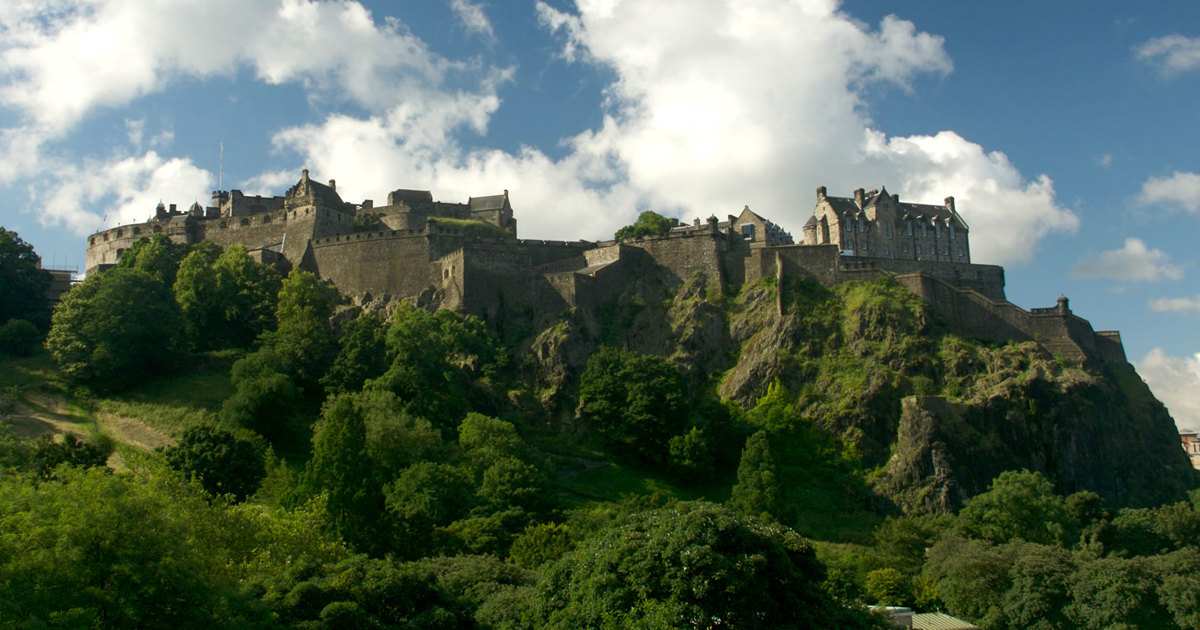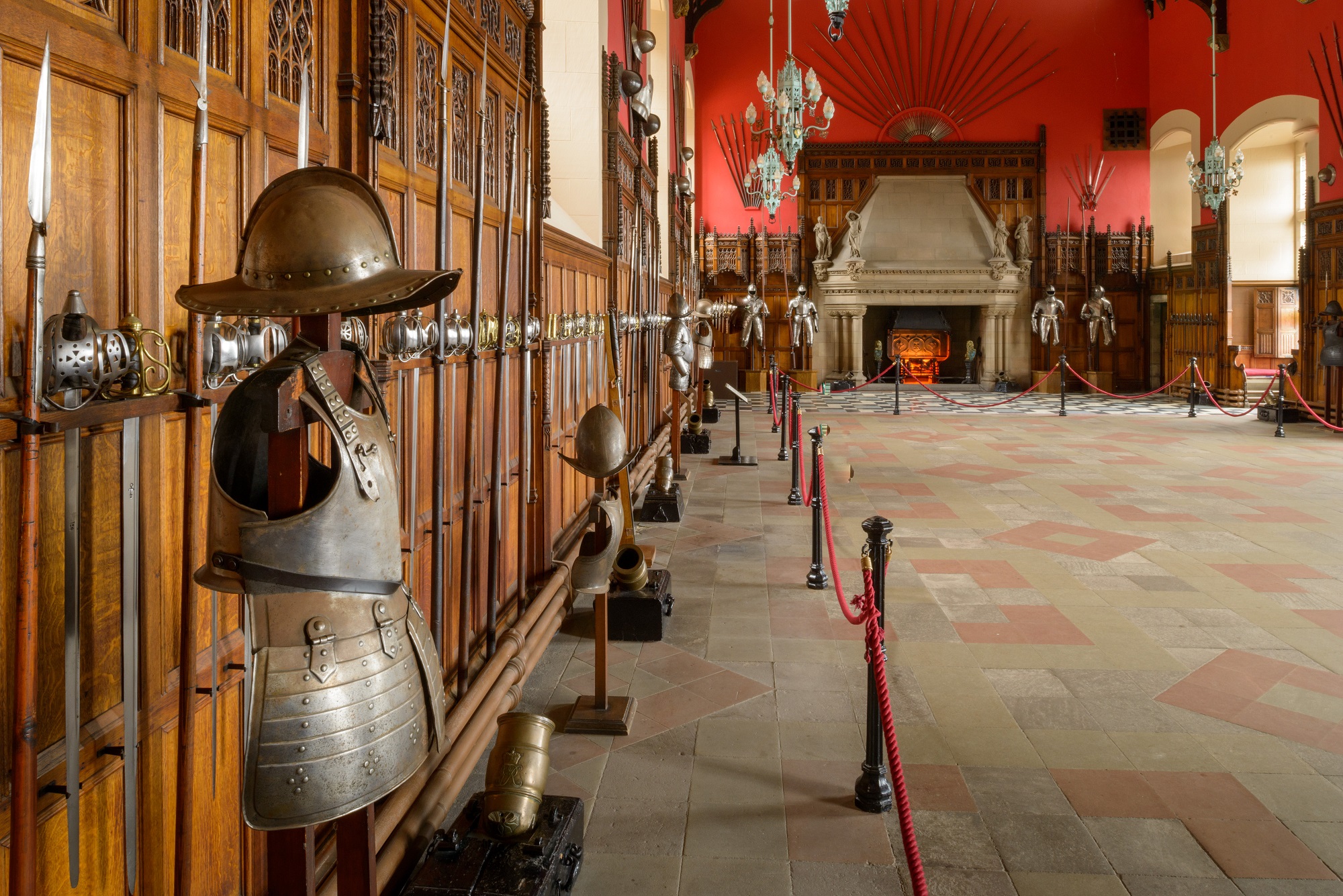Rising dramatically above Scotland’s capital on the rugged Castle Rock, Edinburgh Castle is one of the most famous fortresses in Europe. A blend of royal residence, military stronghold, and national symbol, the castle has stood witness to centuries of Scottish history—battles, sieges, royal ceremonies, and even dark legends. Its commanding position makes it both a breathtaking landmark and a powerful reminder of Scotland’s turbulent past.

Origins and Early History
Castle Rock, a volcanic crag formed around 350 million years ago, offered a naturally defensive site. Archaeological evidence suggests human occupation as early as the Iron Age, long before the stone walls were built. The first written record of the fortress dates back to the 7th century, when it was referred to as “Din Eidyn.”
By the 12th century, the castle had become a royal residence under King David I of Scotland, who constructed the St. Margaret’s Chapel—the oldest surviving building in Edinburgh, still standing proudly today.

A Fortress of Battles and Sieges
Throughout its history, Edinburgh Castle was at the center of the power struggle between Scotland and England. During the Wars of Scottish Independence (13th–14th centuries), the fortress changed hands multiple times.
- In 1296, Edward I of England seized the castle.
- In 1314, a daring night raid led by Thomas Randolph, nephew of Robert the Bruce, recaptured it for Scotland.
- Later, in the 16th century, the castle endured the brutal Lang Siege (1571–1573), when supporters of Mary, Queen of Scots, held out against English and Scottish forces.
Because of its strategic importance, it was often called “the most besieged place in Britain.”

Royal Residence and Crown Jewels
For centuries, Edinburgh Castle served as the residence of Scottish monarchs. It was the birthplace of King James VI of Scotland (later James I of England) in 1566, inside the tiny Royal Palace chamber.
The castle also houses the Honours of Scotland (the Scottish Crown Jewels), consisting of a crown, scepter, and sword of state. These treasures were hidden during Cromwell’s invasion in the 17th century and rediscovered in 1818 by Sir Walter Scott. Alongside them sits the Stone of Destiny, the ancient coronation stone of Scottish kings, which was returned to Scotland in 1996 after centuries in Westminster Abbey.

Military Stronghold and Symbol
By the 17th century, the castle’s role shifted more toward a military fortress than a royal home. Its barracks housed soldiers, and it became a key arsenal for weapons. Today, the One O’Clock Gun—a cannon fired daily except Sundays—remains a beloved tradition, originally introduced to help ships in the Firth of Forth set their clocks.
The castle also houses the National War Museum of Scotland, preserving military history from centuries of conflict.

Legends and Ghosts
Like many ancient fortresses, Edinburgh Castle is steeped in legend. Tales of ghostly figures—such as a headless drummer or a phantom piper who disappeared in underground tunnels—are part of its folklore. These stories have made it one of Scotland’s most haunted sites.

Modern Symbol of Scotland
Today, Edinburgh Castle is one of Scotland’s top tourist attractions, drawing more than 2 million visitors annually. It is also the stage for the world-famous Royal Edinburgh Military Tattoo, held each August during the Edinburgh Festival. Against the backdrop of the illuminated castle, military bands from around the globe perform in a spectacular display of music and pageantry.
The fortress remains a symbol of Scotland’s resilience, independence, and identity. Standing atop Castle Rock, it dominates the city skyline, just as it has dominated Scottish history for nearly a millennium.




